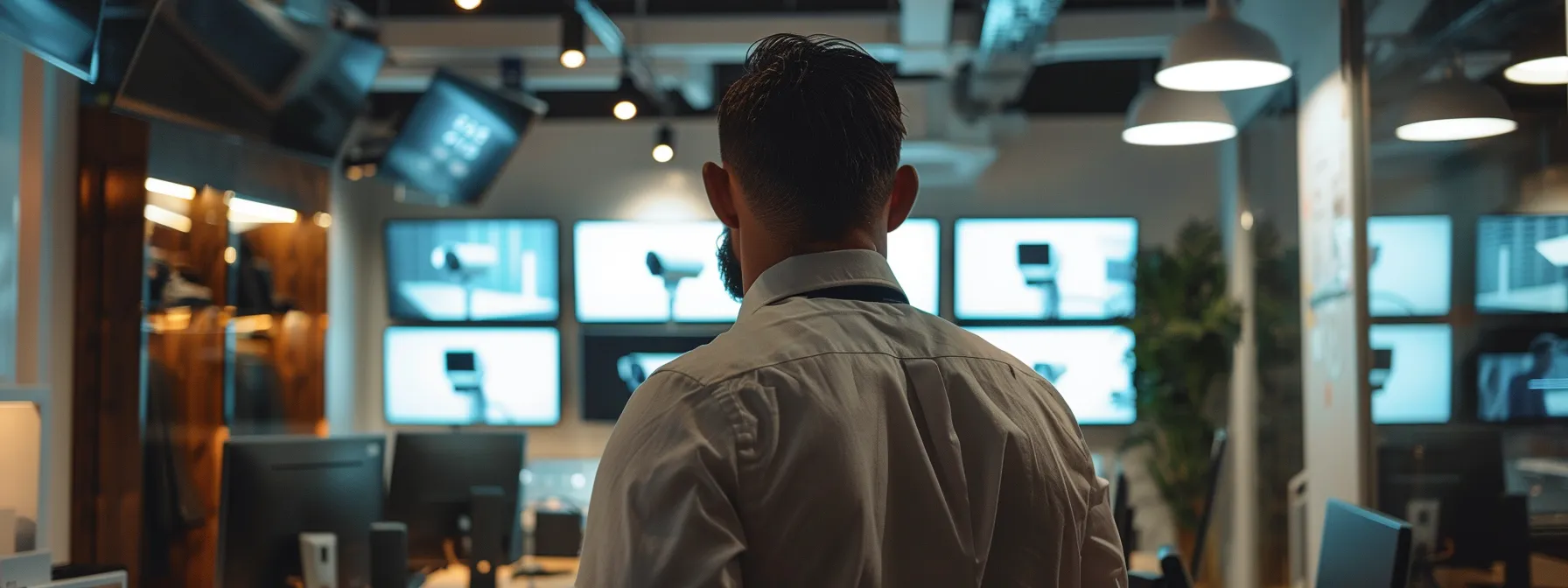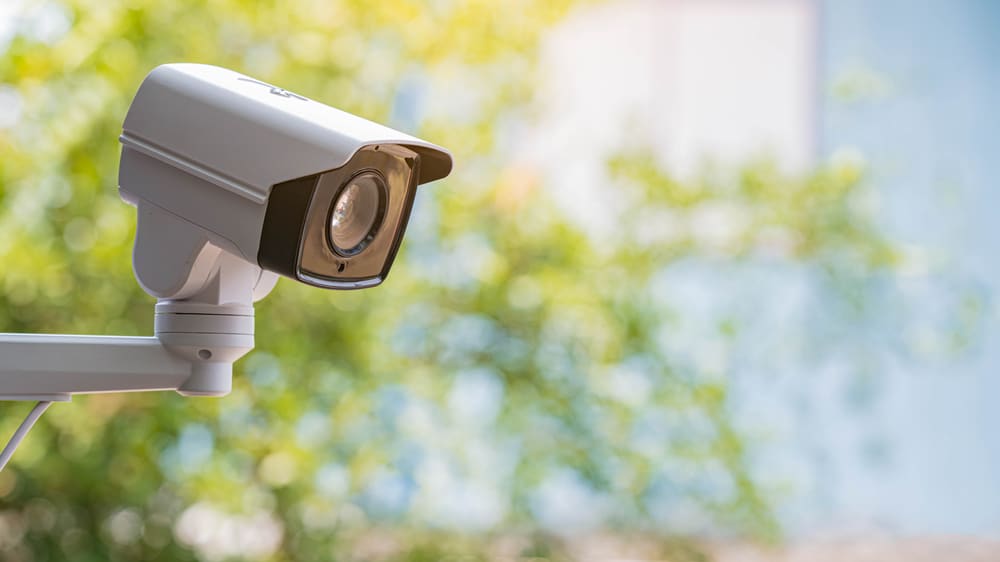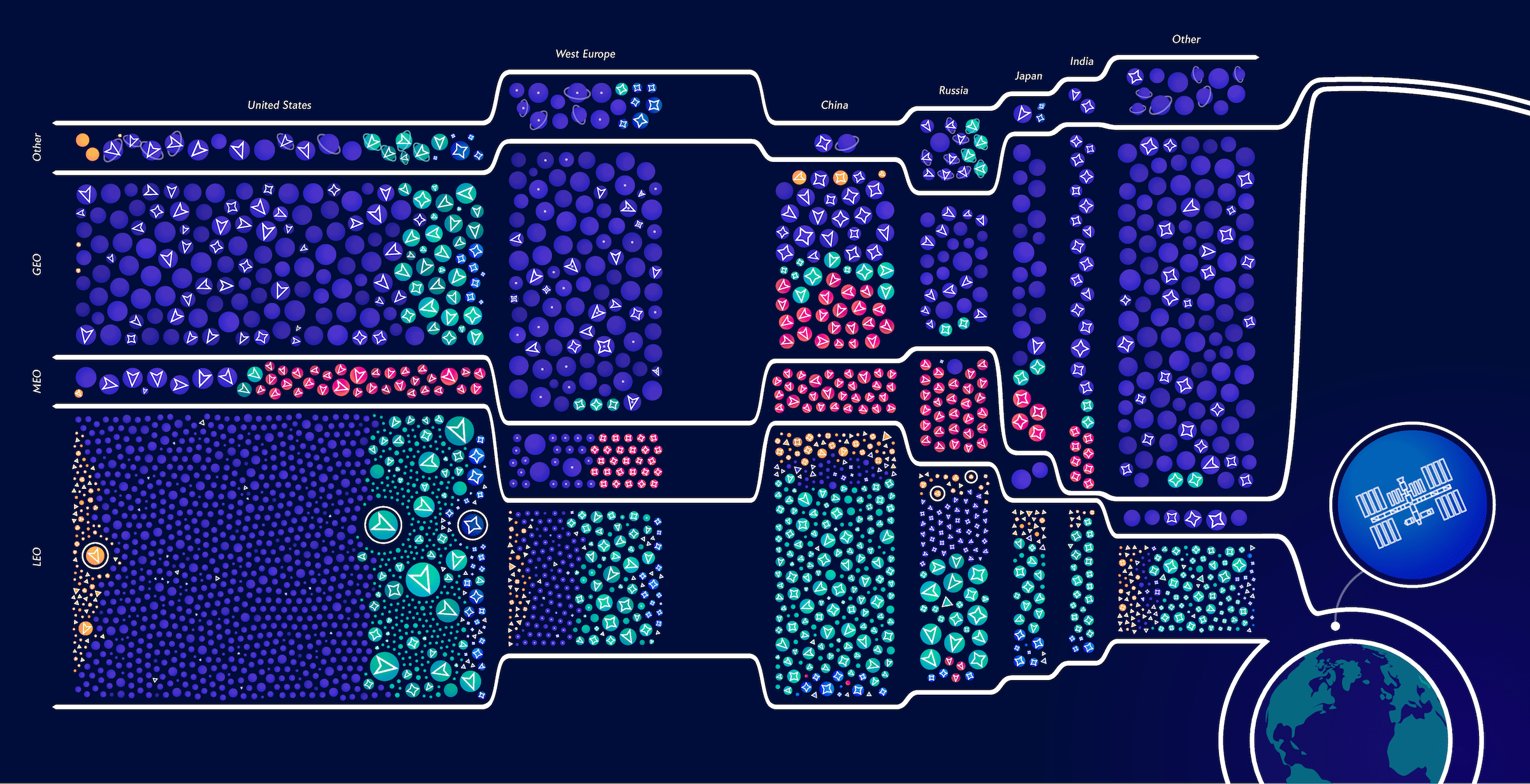Ensuring the safety of a commercial environment is paramount for any business owner. In today’s technologically advanced world, security camera systems serve not just as a means of recording incidents, but as a cornerstone of comprehensive security plans. Integration of these systems into a wider security network can amplify their effectiveness and provide enhanced control. Understanding how different components work together to create a seamless security environment is critical. Below, we delve into the complexities and benefits of a fully integrated security camera system for businesses.
Understanding Security Camera System Integration for Business Safety

Integrating a security camera system with other security measures like alarms and access control systems creates a unified approach to business safety. This setup allows for seamless monitoring and quick response to security events, enhancing overall situational awareness and operational efficiency. Advanced software analytics can identify threats, count people, and track movements across multiple feeds, making security efforts more precise.
The coordinated approach of an integrated security camera system improves incident response by automating procedures like lockdowns and notifications to authorities. This ensures all security components work together efficiently. Analyzing data from various sources helps business owners identify patterns and inefficiencies, aiding in long-term strategic planning and risk management.
The Advantages of a Unified Security System
A unified security system provides a centralized platform for managing security operations, simplifying the complexities of running multiple systems. This reduces workload and error, enhancing the speed and effectiveness of security management. The interoperability of an integrated system allows for a proactive approach to security, allowing security teams to anticipate and prevent breaches.
Cost savings are another advantage, as businesses can pool resources and streamline management, minimizing hardware and personnel requirements. Energy efficiencies are also realized through smart systems that power down cameras or sensors when not in use. A unified system allows for easier updates and scalability, allowing a business’s security apparatus to grow and evolve alongside it.
Key Components of an Integrated Security Camera System
An integrated security camera system consists of cameras, recording devices, access points, and a network. High-definition cameras capture clear images for identification and incident understanding. Recording devices store footage for review. Networking components allow real-time monitoring from remote locations, enabling stakeholders to access live or recorded footage. Scalability is crucial for accommodating additional cameras.
Access control systems manage entry points and can interact with cameras, maximizing surveillance effectiveness. Software solutions supporting analytics and intelligence, such as motion detection, facial recognition, and behavioral analysis, enhance security by automating unusual activity detection and facilitating swift notifications to security personnel.
Strategies for Implementing Security Camera Integration in Your Business

To integrate a security camera system, a thorough assessment of the business’s security needs is crucial. This helps identify gaps and vulnerabilities, guiding the system’s customization to align with organizational security goals. Professional consultation is beneficial, offering insights on technology and best practices. Security experts can provide advice on camera types, network requirements, and compatible software.
Training staff is essential for efficient use, quick alarm response, and data management. Ongoing training ensures staff stay updated with system updates. Integrating with future expansion in mind saves time and resources, allowing for the easy addition of additional cameras, sensors, and security devices, ensuring business protection.
Overcoming Common Challenges in Security System Integration
Integrating security camera systems can be challenging due to compatibility issues between old and new technologies. Businesses often have legacy systems that may not connect seamlessly with modern devices. Solutions include hybrid systems or a phased upgrade plan. Network limitations can also pose a problem, especially for high-bandwidth systems. Upgrading network infrastructure and implementing robust cybersecurity measures are crucial.
The cost of integration can be daunting for small to medium-sized businesses, but cost-effective solutions like leasing equipment and using cloud-based storage can help manage expenses. Privacy concerns can arise, and clear policies should be established to maintain trust and comply with regulations.
Overall, integrating a security camera system into a broader security strategy offers numerous benefits for business owners. From enhanced situational awareness to improved operational efficiency and cost savings, the merits are compelling. With careful planning, training, and a forward-looking approach, businesses can create a robust security environment that protects assets, personnel, and data, setting a standard for modern security management.


